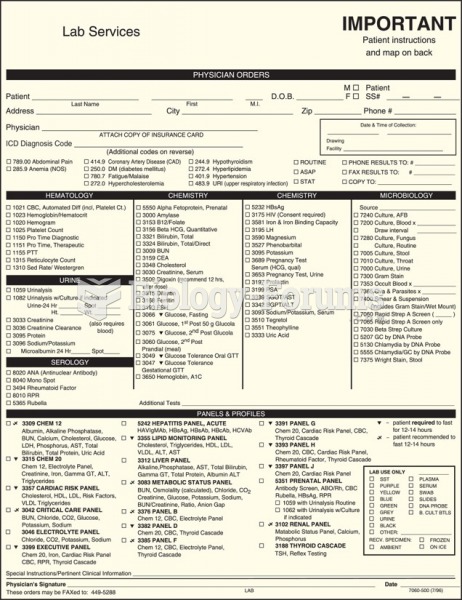|
|
|
Most childhood vaccines are 90–99% effective in preventing disease. Side effects are rarely serious.
The familiar sounds of your heart are made by the heart's valves as they open and close.
Between 1999 and 2012, American adults with high total cholesterol decreased from 18.3% to 12.9%
To combat osteoporosis, changes in lifestyle and diet are recommended. At-risk patients should include 1,200 to 1,500 mg of calcium daily either via dietary means or with supplements.
A cataract is a clouding of the eyes' natural lens. As we age, some clouding of the lens may occur. The first sign of a cataract is usually blurry vision. Although glasses and other visual aids may at first help a person with cataracts, surgery may become inevitable. Cataract surgery is very successful in restoring vision, and it is the most frequently performed surgery in the United States.
 The salivary glands, parotid, sublingual, and submandibular. This image shows the position of each g
The salivary glands, parotid, sublingual, and submandibular. This image shows the position of each g
 Lewis Hine’s 1910 photograph shows a tenement alley in New York City. More famous for his “unsettlin
Lewis Hine’s 1910 photograph shows a tenement alley in New York City. More famous for his “unsettlin





